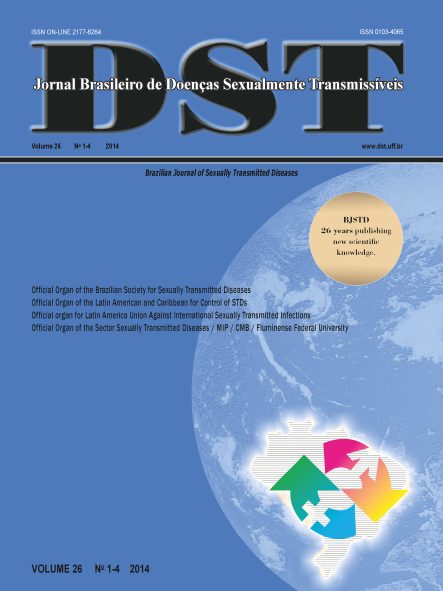Human papillomavirus infection in multiple sites
Keywords:
papillomavirus infections, polymerase chain reaction, anusAbstract
Introduction: Studies concerning human papillomavirus natural history have been focused on cervical infection and disease, but have scarcely described anal infections, especially in clinically health population. Hence, knowledge on HPV natural history is recently being investigated although viral maintenance in hosts is poorly understood. Detection on diverse, extragenital sites may add in the elucidation of infection-dissemination-reinfection cycle reported on the human genital tract. Besides that, it is evident the importance of an adequate screening of the viruses for appropriate diagnosis, mainly in the first steps of the neoplasia in order to provide a better prognosis. Our results pointed out HPV prevalence rates in genital lesions of 87% (80/92) and of 47.8% (44/92) for anal samples. We pointed out that this high prevalence is due to clinically detected lesions, that contributes to the risk of extragenital infections, mainly by host auto-inoculation. Despite the difference in samples size, we did not find statistical relevant differences related with genera (men 85.1% and women 92%; p>0.05), corroborating the idea of no tropism differences by sex. Nevertheless, for anal samples, statistically significant differences were found between men and women (68% of anal HPV infection in women against 40.3% in men (p=0.038). These results reveal that female anal infections are more frequent than in men, suggesting that infection by autoinoculation occurs and can render this site as an HPV reservoir, occasionally becoming clinical lesions. Hormonal profile, sexual behavior and differences among body sites can explain these differences here described. Our study is a preliminary evaluation of HPV infection in human multiple sites.












